Do Traction Bars Prevent Axle Wrap?
By Sebastian Orellana
Updated Feb 18, 2024
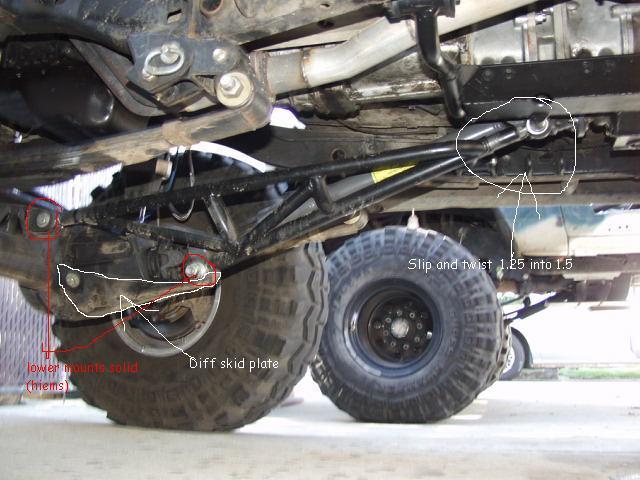
Traction bars are an essential part of many vehicles and are designed to help prevent axle wrap. Axle wrap is a problem that affects a vehicle's performance, and it can cause considerable damage if left unchecked.
Table of Contents
While traction bars are often considered a preventive measure for axle wrap, there is no one-size-fits-all solution for this problem. To determine how effective traction bars prevent axle wrap, one must understand what axle wrap is, what causes it, and how traction bars work.
READ: What Suspension Does Tesla Use?
What is Axle Wrap?
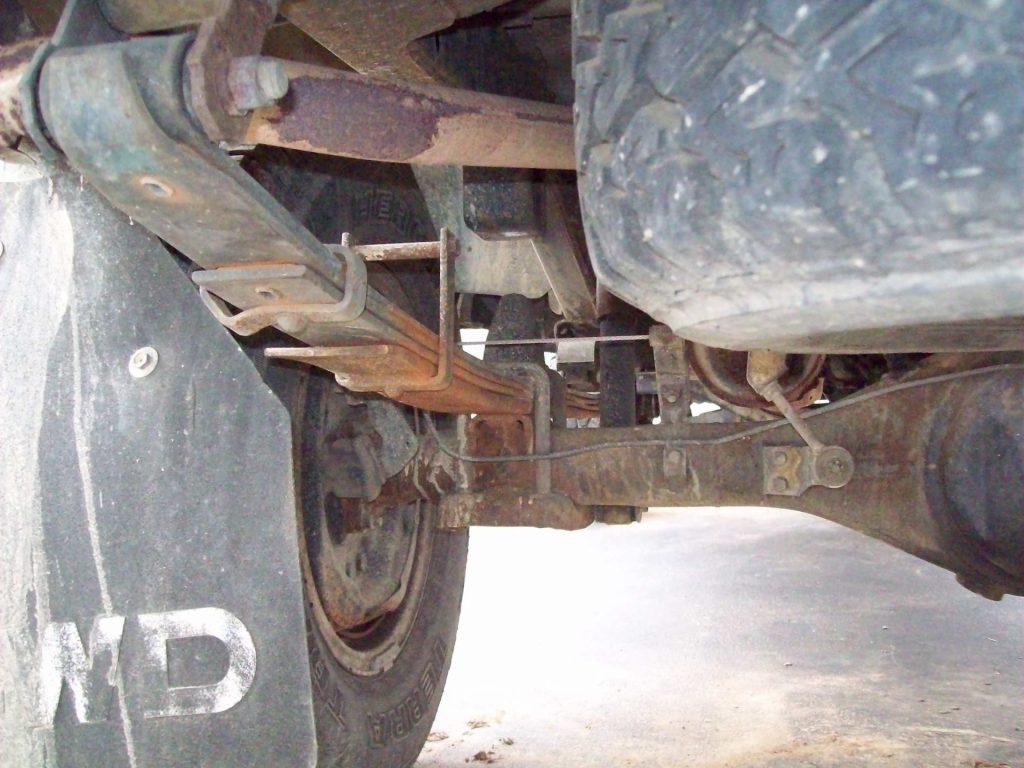
Axle wrap is an issue that occurs when the rear axle of a vehicle is subjected to extreme torque, which causes it to wrap or bend under the load. This can happen when a car is driven hard, or the suspension is not correctly set up.
Axle wrap can cause the vehicle to become unstable and lead to a loss of traction, as well as excessive wear and tear on the tires and suspension components.
What Causes Axle Wrap?
Axle wrap is an issue that plagues many off-road vehicles when subjected to extreme conditions. It is widespread among Jeeps and other four-wheel drive vehicles but can also occur in two-wheel drive vehicles. Axle wrap can cause severe damage to the car and even lead to a dangerous loss of control. So what causes axle wrap?
To understand the cause of axle wrap, it is essential to understand the anatomy of an axle. An axle is a shaft that connects the two wheels of a vehicle. It is connected to the transmission and engine and rotates with the wheels as they turn. The axle is held in place by suspension components, such as leaf springs, that keep it from moving too much.
Axle wrap occurs when the axle is subjected to severe forces, such as when driving over uneven terrain or climbing steep hills. The suspension components are not strong enough to restrain the axle, so it begins to rotate too much, causing the wheels to wrap around it. This can cause the tires to lose traction and can even cause the axle to break.
The most common cause of axle wrap is a weak suspension. Leaf springs are the most commonly used suspension components but can weaken over time. This can cause them to lose tension, allowing the axle to rotate too much. This can cause the wheels to wrap around the axle and cause damage to the vehicle.
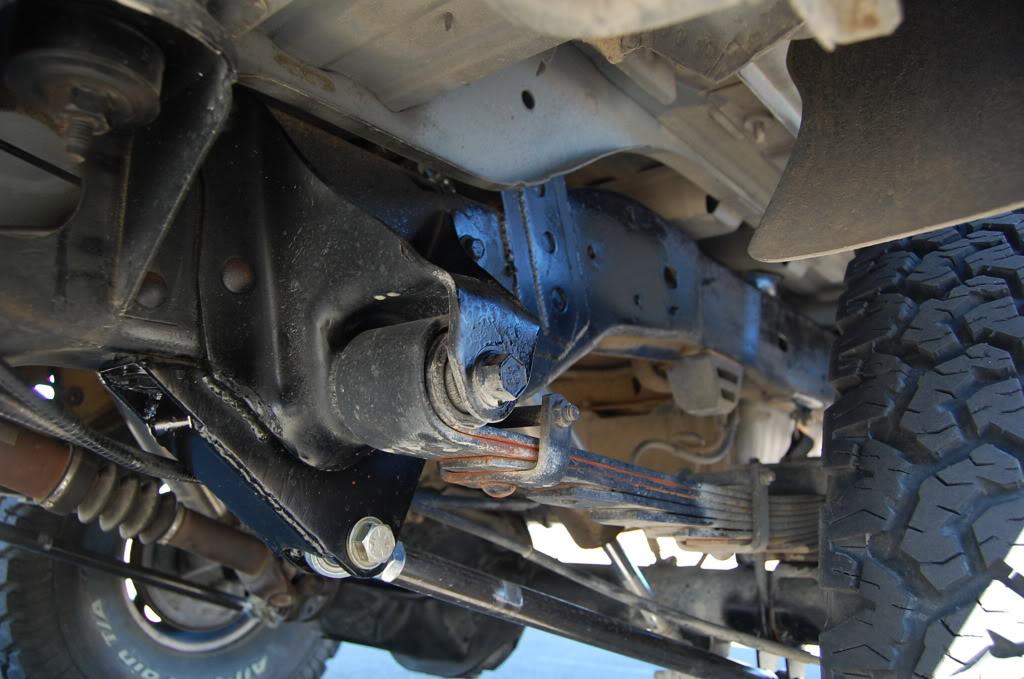
A lack of traction can also cause axle wrap. When a vehicle is stuck in the mud or sand, the wheels can spin and cause the axle to rotate too much. This can cause the wheels to wrap around the axle and cause damage.
Worn or broken suspension components can also cause axle wrap. If a suspension component is worn or damaged, it can allow the axle to move too much, which can cause the wheels to wrap around the axle.
In some cases, axle wrap can be caused by a meager gear ratio. If the gear ratio is too low, the engine will be forced to rotate the axle too much, which can cause the wheels to wrap around the axle.
Finally, axle wrap can be caused by an inadequate differential. The differential is responsible for transferring power from the engine to the wheels. If the differential is insufficient, it can cause the axle to rotate too much, which can cause the wheels to wrap around the axle.
How Do Traction Bars Work?
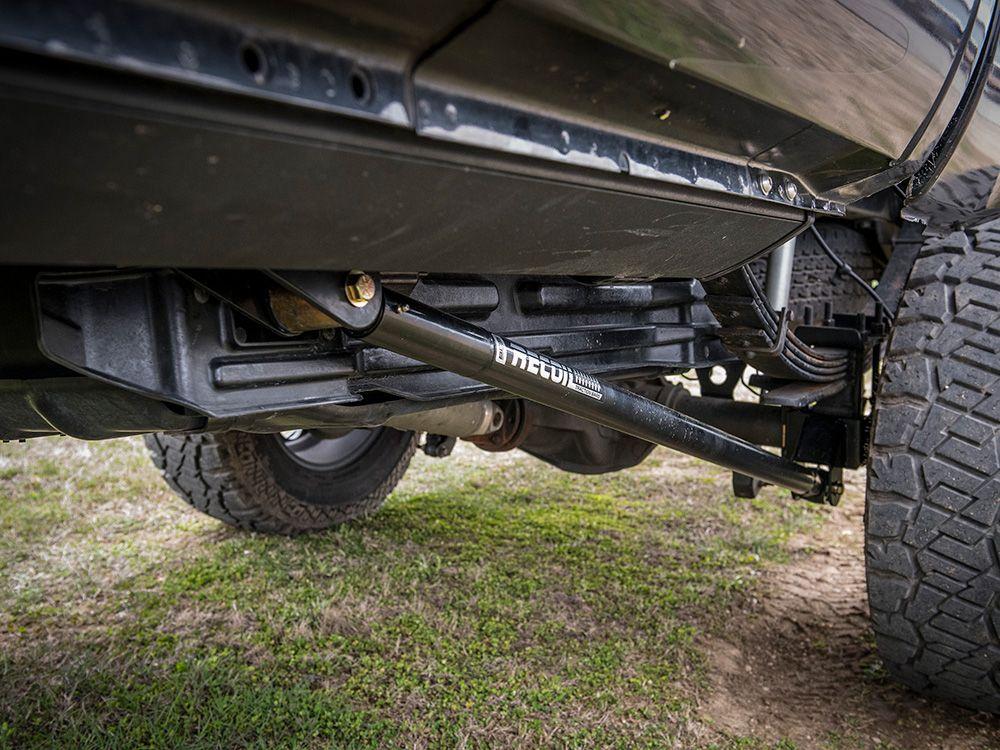
Traction bars are designed to prevent axle wrap by limiting the torque applied to the rear axle. They do this by connecting the axle to the vehicle's frame, which prevents it from being able to wrap or bend under too much torque. This helps to keep the rear axle in line and prevents it from being damaged.
READ: How Much Horsepower Does An LS1 Have?
Do Traction Bars Prevent Axle Wrap?
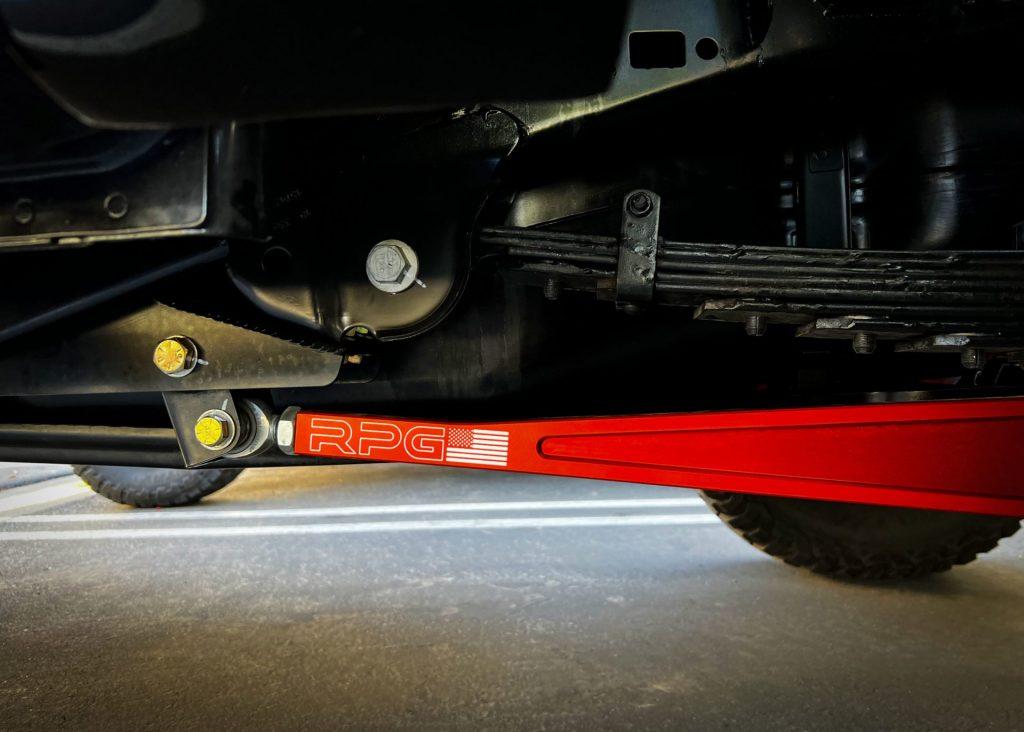
Traction bars can help prevent axle wrap, but they are not a cure-all. They are designed to limit the torque applied to the rear axle and help keep it in line, but they can only do so much. To prevent axle wrap, it is vital to ensure that the suspension is correctly set up and that the vehicle is not being driven too aggressively.
READ: What Is The Quickest Electric Car on the Market Today?
Conclusion
Traction bars can help to prevent axle wrap, but they are not a guaranteed solution. To prevent axle wrap, it is essential to ensure that the suspension is correctly set up and that the vehicle is not being driven too aggressively.
Additionally, it is necessary to inspect the rear axle regularly to ensure that it is not subjected to too much torque. By following these steps, it is possible to keep the rear axle in good condition and prevent the occurrence of axle wrap.
